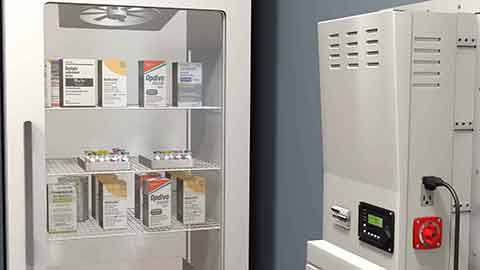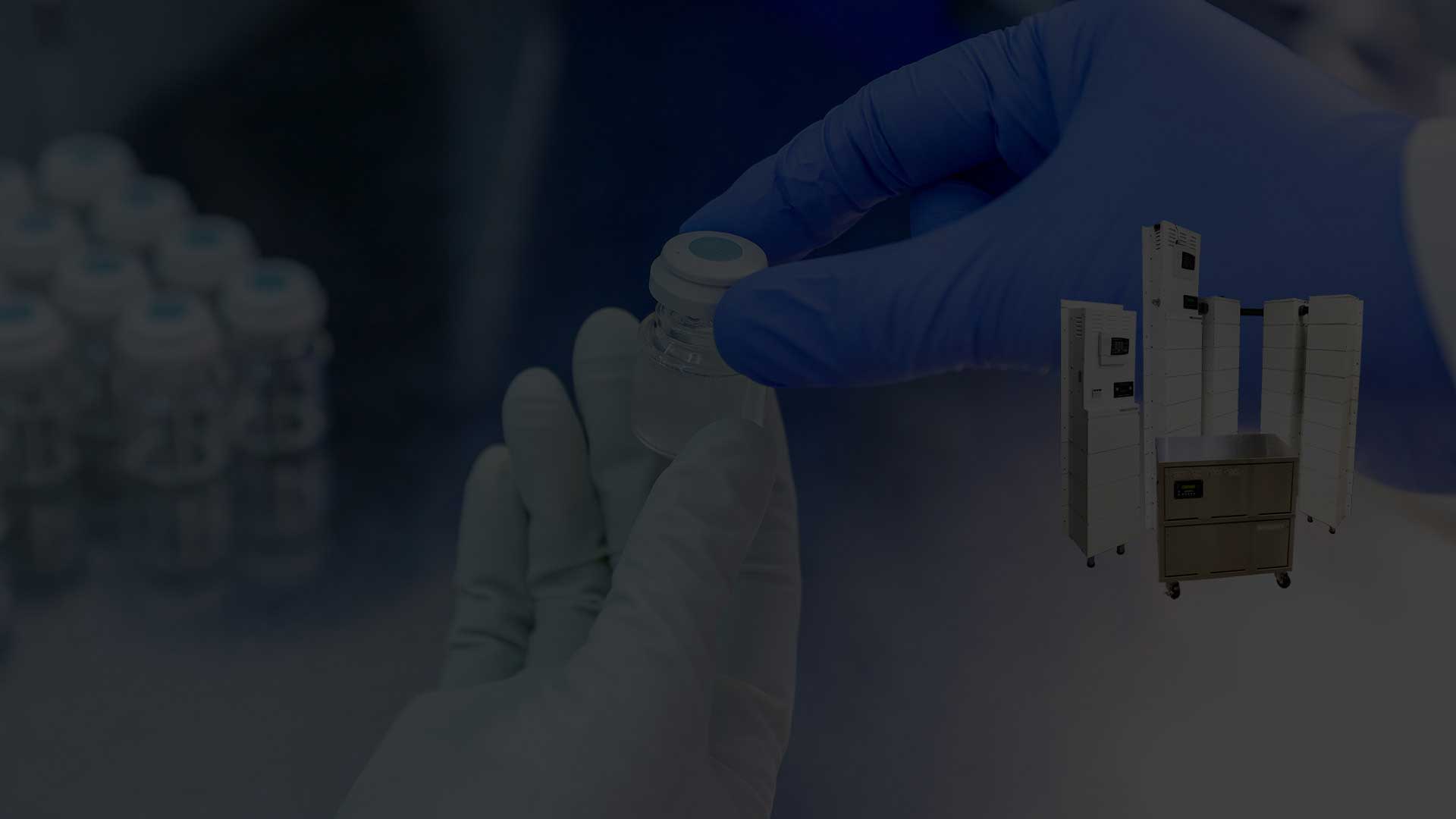Tips For Proper Storage of Chemotherapy Drugs
The proper storage of chemotherapy drugs is crucial for the safety of patients and health care providers. This is because while chemotherapy drugs are designed to eliminate cancer cells, they do not discriminate. Meaning, they may also harm healthy cells as well.
They can sometimes be absorbed through the skin or lungs, giving rise to severe complications. Some of these common side effects of chemotherapy are:
- long-term chromosomal abnormalities,
- biologic marker changes in health care workers,
- long-term effects on reproduction,
- hair loss,
- and rashes, among others.
Thus, handling and storing these life-saving yet potentially harmful drugs is vital to reduce exposure and diminish their deadly potential. This article discusses all you need to know about the transporting, handling, and storage of chemotherapy drugs.
Safe Handling Of Chemotherapy Drugs
The American Society of Health-System Pharmacists (ASHP), the Oncology Nursing Society (ONS), and the Occupational Safety and Health Administration (OSHA) provide guidelines for the safe handling of IV and oral chemotherapy.
These guidelines discuss how to prepare, handle and administer the drugs safely.
The ASHP guidelines discuss, among other things, the proper handling of chemotherapy drugs from the point of receipt. This covers labeling, packaging, transporting, and storage.
Tips For Receipt Of Chemotherapy Drugs
1) Chemotherapy drugs classified as antineoplastic drugs on the NIOSH list must be unpacked in areas with negative pressure relative to the surrounding areas.
2) Do not remove the drugs from their external shipping containers in sterile compounding areas or any area that is under positive pressure to the surrounding area.
3) When you receive the drugs, examine the cartons for any outward signs of damage or breakage, as this is a crucial step in the receiving process. Your facility must have policies and procedures for handling damaged chemotherapy drug cartons or containers. For example, your policy could be that the damaged goods must return to the distributor using appropriate containment techniques.
4) Your receiving area should have chemotherapy drug spill kits containing complete PPEs, including a NIOSH-certified respirator. The respirator is a precaution against situations where there is no ventilation protection available while handling damaged drug containers.
6) Transport all damaged containers to a C-PEC designated for non-sterile compounding before opening.
What is a C-PEC?
A C-PEC is a ventilated device designed and operated to minimize worker and environmental exposures to chemotherapy drugs. It functions by controlling emissions of airborne contaminants through the following:
- The total or partial enclosure of a potential contaminant source.
- The use of airflow capture velocities to trap and remove airborne contaminants near their point of generation.
- The use of air pressure relationships that defines the direction of airflow into the cabinet.
- The use of high-efficiency particulate air (HEPA) filtration on all potentially contaminated exhaust streams.
Staff handling drugs or cleaning areas where the drugs are stored or handled must be able to recognize the identifying labels used to distinguish these drugs and areas. In addition, the warning labels and signs must be clear to non-English readers so the effects of chemotherapy drugs are clear.
Storage Of Chemotherapy Drugs
- Store chemotherapy drugs separately from other drug inventory. This helps reduce the number of staff potentially exposed to harm.
- Any chemotherapy drug listed as antineoplastic on the current NIOSH list that requires manipulation must be stored separately from other non-chemotherapy drugs.
- Store all chemotherapy drugs to prevent contamination and personnel exposure, i.e., in areas with sufficient external exhaust ventilation.
- All chemotherapy drugs must stay protected from potential breakage by storing them in bins with high fronts and shelves with guards to prevent accidental falling.
- Ensure that you secure the shelves and other storage containers from spillage or breakage during earthquakes and other natural disasters.
- Ensure that all staff members wear gloves tested to ASTM D6978 for resistance to chemotherapy.
- All staff members must be trained to perform their jobs appropriately using the established precautions and required PPE.
- According to NIOSH, single-use chemotherapy gloves may be sufficient when receiving, unpacking, and placing chemotherapy drugs into storage, unless there is a spill.
Transporting Chemotherapy Drugs
All chemotherapy drugs must be transported in a way that reduces environmental contamination in the event of accidental dropping.
Place the drug packages in sealed containers and label them with a unique identifier. Design carts and other transport devices with guards to protect against falling and breaking.
Everyone responsible for transporting chemotherapy drugs must have safety training, including spill control. They should also have immediately accessible spill kits.
Steps for Protecting Chemotherapy Pharmaceuticals From Power Outages
Battery backup systems offer instant and automatic power for both medical equipment and laboratory appliances alike.
This means every cold storage device or lab hood will be fully protected with instant and automatic backup power. As a result, no staff needs to be on-site to keep track of or start the generator, plus, valuable samples and inventory will remain safe—with no extra work required.
Additionally, their vertical, cabinet-like design and leak-proof batteries mean they can be installed in even the tightest spaces and oriented in anyway to make them fit. So, no matter how crowded your drug storage room is, you can ensure you'll be protected.
Plus, if your lab or storage room is truly tight on space, a hardwired backup power unit can instantly supply remote power to your appliance—directly via the outlet its already plugged into.
Regardless of what kind of system is the best fit, they ensure that your entire stock of biomedical and chemical samples are protected from a sudden loss of power (and the resulting temperature fluctuations) by guaranteeing a seamless transition from utility power to backup power.
Even better, is that battery generators can be outfitted with as much power as you want. So system’s can be designed with enough power to protect a facility’s inventory:
- Overnight
- All day
- Over a weekend
- Or even for a whole week.
So, to protect your facility from tens of thousands of dollars in lost inventory speak to a Medi-Products battery backup expert.
They’ll help design you a system that both meets your power needs and will fit inside your facility—for a much lower cost than what your vaccines are worth. So a backup power system pays for itself the first time your power goes out.
Designing a system for you is as easy as taking a picture of your appliance’s nameplate, and a photo of the room where it’s in.
Then, you just email both photos to our Product experts, and we’ll provide you with multiple options for backup power protection.
For more information contact: 1.800.7653237


